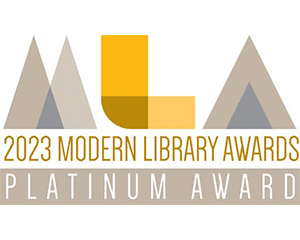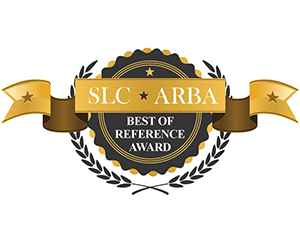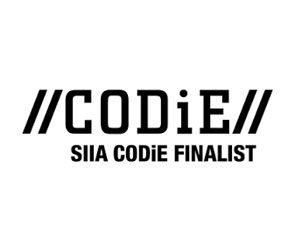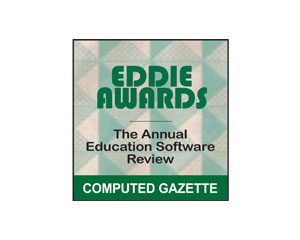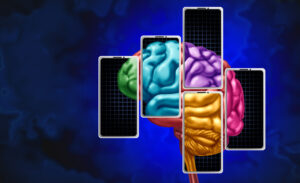
3 Ways Educators Can Help Students Fight Brainrot
If you’ve been following the news, you’ve more than likely heard about brainrot (or “brain rot”), a buzzword that is currently so omnipresent, it was named Oxford’s Word of the Year in 2024. We’re all guilty of it—doomscrolling on social media, watching short and low-quality video clips out of boredom, etc.—and there’s a lot of debate over how much of a problem brainrot is for children and young adults, with opinions ranging from “can have far-reaching effects on young adult mental health” to “this moral panic is unfounded.” Regardless of how much of a problem brainrot really is for young people, K–12 school educators and homeschooling parents with public library access alike can take steps to help them mitigate the worst aspects associated with it. Here are three ways those educators can help, with some recommended tools that can help them do it. Encourage Digital Hygiene K–12 educators and homeschoolers can encourage young people (and other adults, too!) to practice digital hygiene, teaching them best practices they can follow to avoid the exhaustion and reduced attention span associated with brainrot. Good digital hygiene includes things like: Setting time limits on how much students’ devices or certain apps are used (this







